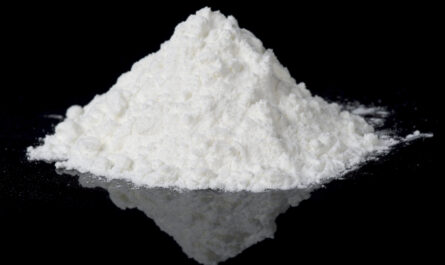Epoxy resin is a type of reactive thermosetting polymer that has become extremely popular in recent years for its versatility across various industries. With its ability to bond, seal, coat and fill all sorts of materials, epoxy resin has transformed how we work and build things. In this article, we explore what makes epoxy resin so multi-talented and why its popularity and uses continue to grow.
What is Epoxy Resin?
The resin and hardener are sold separately and when mixed together in the appropriate ratio, they undergo a curing process that results in an incredibly strong cured thermoset material. Epoxies are classified as polyepoxide or oxirane resins, which are monomers or low molecular weight prepolymers with more than one epoxy group per molecule. During the curing process, these epoxy groups react with the curing agent and chemically cross-link with each other, resulting in a hardened plastic material.
Advantages of Epoxy Resin
Some key advantages that have contributed to epoxy resin’s popularity include:
– Strength and Durability: Epoxy resins form very strong, rigid materials that hold up well to compression, impact, and heat. They are less prone to degradation compared to other polymers.
– Bonding and Adhesion: Epoxies have excellent adhesion to almost any type of material including metals, glass, stone, ceramics, wood, and composites. This makes them ideal for bonding dissimilar materials together.
– Water and Chemical Resistance: Cured epoxy resins are resistant to water, alkalis, acids, and most chemicals. They maintain their integrity and bonding in demanding environments.
– Easy Application: Epoxies are available as one- or two-part liquids that are easy to mix, apply, and shape before curing. They fill cracks and seams very well.
– Heat Resistance: Many epoxies have heat deflection temperatures over 100°C after curing, making them suitable for high heat applications.
– Aesthetics: Epoxies are available in clear formulations for sealing, coating, and encapsulating. They also come in various colors.
Common Uses of Epoxy Resin
With its versatile properties, epoxy resin finds application across many industries. Here are some of its common uses:
Manufacturing and Construction
– Fiberglass and composite manufacturing for boats, surfboards, spill containment, wind turbine blades etc.
– Flooring and construction for seamless overlays, countertops, industrial decking etc.
– Structural adhesion for vehicle bodies, wind turbines, bridges and other infrastructure projects.
– Encapsulation and potting of electronics to protect from moisture, vibration and chemicals.
Hobby and Handicrafts
– Model building for aircraft, cars and ships requiring strength and transparency.
– Jewelry making as an economical alternative to resin casting.
– Art and sculpture projects due to its moldability and curing properties.
Repair and Maintenance
– Concrete repair and reinforcement through epoxy injection and overlays.
– Vehicle repair for bonding cracked or broken parts back together.
– General repairs of wood, ceramic, glass and other materials using epoxy adhesives.
Coatings and Finishing
– Metal coatings for corrosion protection, insulation and abrasion resistance.
– Wood finishes that highlight grain and resist water and damage.
– Garage floor coatings providing chemical resistance, non-slip texture.
Custom Fabrication
– Bar/table tops and artistic creations for commercial spaces.
– Prototype modeling from 3D prints and molds.
– Specialty products like fishing lures and archery nocks requiring tailorability.
The Future of Epoxy Resin
As Epoxy Resins technology advances, new formulations, additives and application methods are being developed to meet emerging needs. Some potential future developments with epoxy resins include:
– Bio-based epoxies from plant-derived sources like soy, vegetable oils or lignin for sustainability.
– Self-healing capabilities through encapsulated additives that repair cracks.
– Structural epoxies with higher strength-to-weight ratios for lightweight construction.
– Conductive epoxies tailored for electrical and thermal applications in electronics, solar and more.
– 3D printing resins with properties matching requirements of the process and part geometry.
In closing, epoxy resin has come a long way from its origins to its current diverse uses across industries. Its high performance and versatility mean it will continue evolving to fill more technical and innovative roles. As new materials are developed, epoxy resin’s multi-talented nature positions it well for ongoing demand and development into the future.
Note:
1. Source: Coherent Market Insights, Public sources, Desk research
2. We have leveraged AI tools to mine information and compile it




